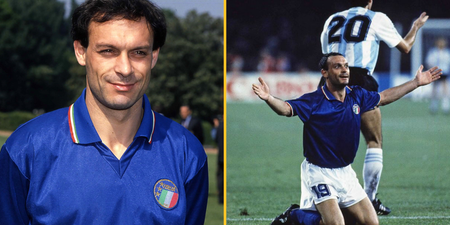After the death comes the feeding frenzy.
Mixed martial arts is not the only sport that is mired in misconception but it is perhaps the one that sees the most misinformation spread in the crusade to swell the opposing mob.
It’s been just over a week since the tragic death of Portuguese mixed martial artist Joao Carvalho, who passed away in a Beaumont Hospital bed two days after competing at a Total Extreme Fighting event in Dublin.
It was a tragedy. A horrible tragedy. A freak accident, you might say.
The kind that occurs in boxing, motor racing, surfing, rock-climbing or any other sport where competitors dice with danger in search of that competitive rush.

The MMA world is still reeling from the news but a certain circle of critics have jumped at the chance to introduce new evidence to their closed-minded prosecution of the sport, to point to a post-mortem in a bid to prove that mixed martial arts ought to be banned, stricken from our consciousness and beaten back into the underground where it belongs.
But there were a number of inconsistencies that emerged from the reportage of the incident. Show me a journalist who claims to have never made a mistake and I’ll show you a liar, but when it comes to subjects as sensitive as a death or as weighty as the banning of an entire sport, surely research standards must crank up a level.
That’s not what happened in the past seven days. Some of the mainstream media coverage of Joao Carvalho’s passing has been deplorably ill-informed. There’s been guesswork, assumption and, at stages, utter fabrication.
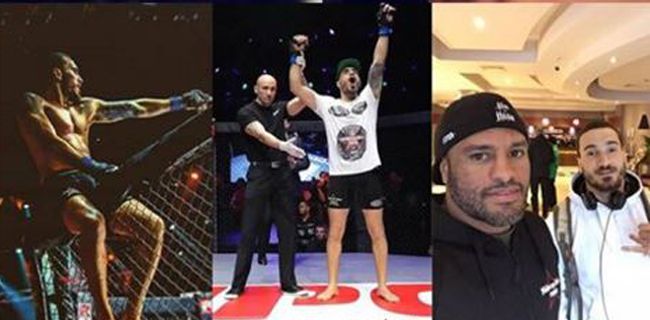
Last Monday’s Liveline programme was one of the first broadcasts to feature coverage of Carvalho’s death and it was one of many whose crux was to suggest that MMA is inherently more dangerous than boxing, which simply isn’t true.
Host Joe Duffy pondered live on air whether one could consider MMA a sport when the goal is to render an opponent unconscious.
The Guardian‘s Peter McCabe echoed those sentiments almost verbatim, writing: “When the objective is to render opponents senseless by kicking and punching them in the head, it is no surprise when someone is seriously hurt and sustains fatal neurological damage.”
It is correct to assume that injuries are inevitable in mixed martial arts but it is wholly unfair and inaccurate to suggest that “fatal neurological damage” is more likely in MMA than in boxing.
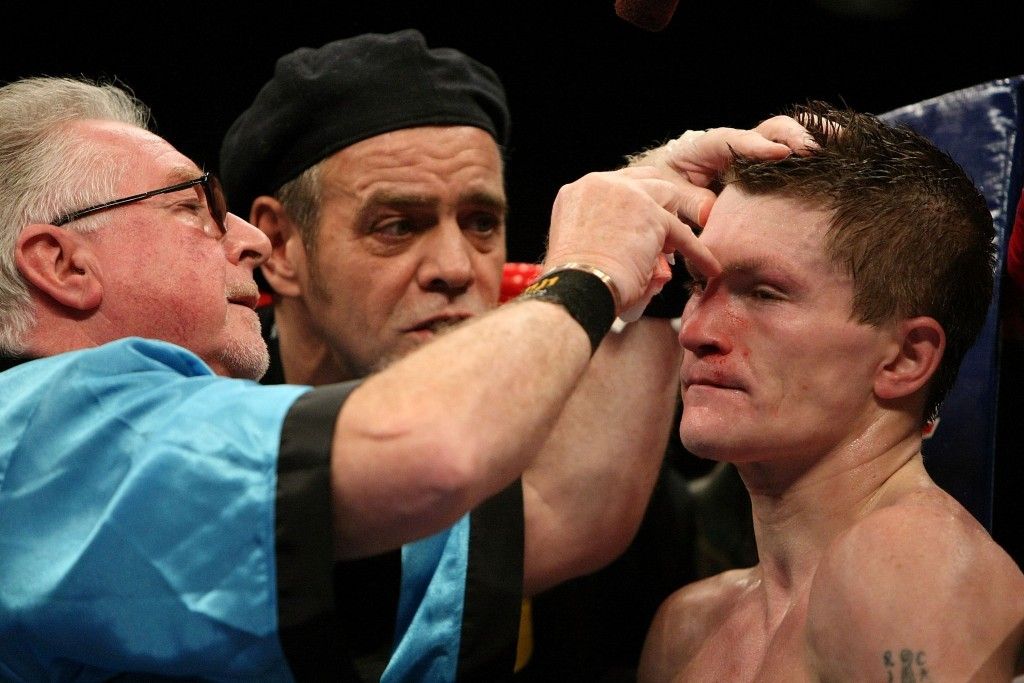
Boxing is barely referenced in McCabe’s piece, the headline of which is ‘How many more young people must die before mixed martial arts is banned?’ when studies have proven that boxing is substantially more dangerous than mixed martial arts when it comes to fatal injury.
It is very difficult to compare the rates of death in boxing and MMA due to a number of reasons – the fact that MMA is such a young sport and the disparity in the number of events hosted by promoters in each sport every year being two of the more obvious ones.
But we can get a rough idea by using the statistics from the Manuel Velazquez Boxing Fatality Collection and figures of MMA fatalities as compiled by MixedMartialArts.com.
The first documented death of a mixed martial artist in a sanctioned bout took place in 2007 and there were two more prior to Carvalho’s passing last week.
The Velasquez collection, meanwhile, has recorded 19 fatalities in professional boxing in that same time (not including amateur bouts, sparring fatalities or deaths from ‘Original Toughman’ bouts which are all recognised by the Velasquez collection.)
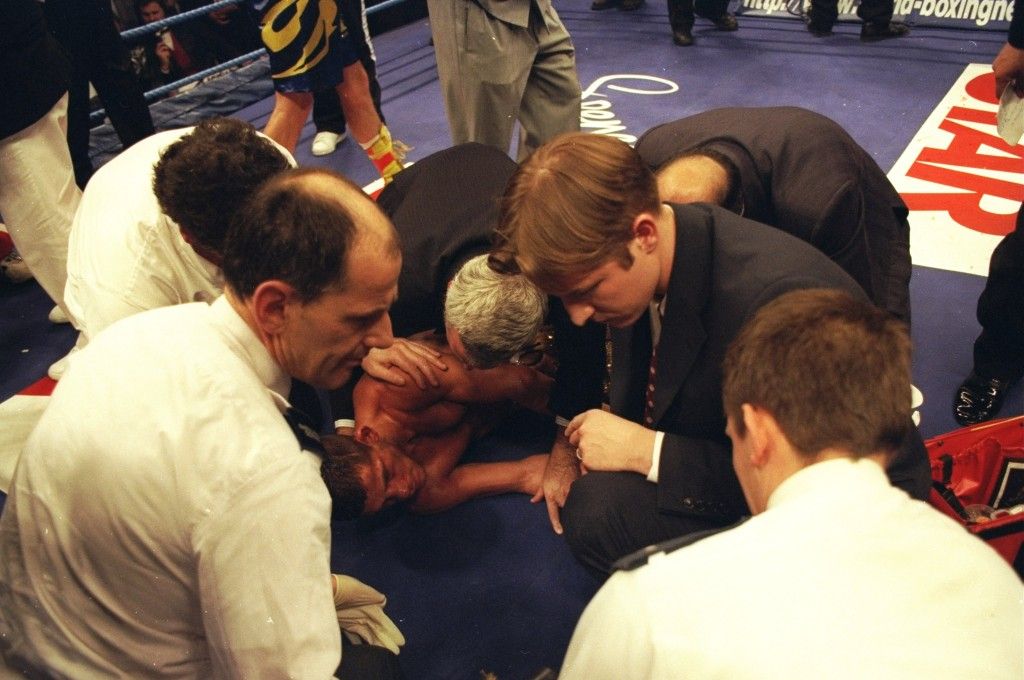
One of few side-by-side comparison studies of boxing and MMA was conducted by the University of Alberta last year and that research found that among 1,181 mixed martial artists and 550 boxers who fought in Edmonton between 2003 and 2013, 59.4% of MMA fighters suffered some kind of injury while fighting whereas 49.8% of boxers suffered some sort of injury in competition.
But it’s the types of injury that are most relevant to this discussion as the research found that the MMA fighters’ injuries were much less serious than those sustained by boxers. Of boxers, 7.1% had been knocked unconscious or suffered serious eye injuries while only 4.2% of mixed martial artists had suffered those same, significantly more serious, injuries.
I’m not crying out for boxing to be banned. I’m a huge fan of boxing, but to pretend that it is any more legitimate than MMA is a nonsense.
Johnny Watterson wrote in The Irish Times: “There is no precedent in organised sport where punching a defenceless opponent nine times on the ground when he has collapsed but conscious is acceptable. It is crossing the line.”
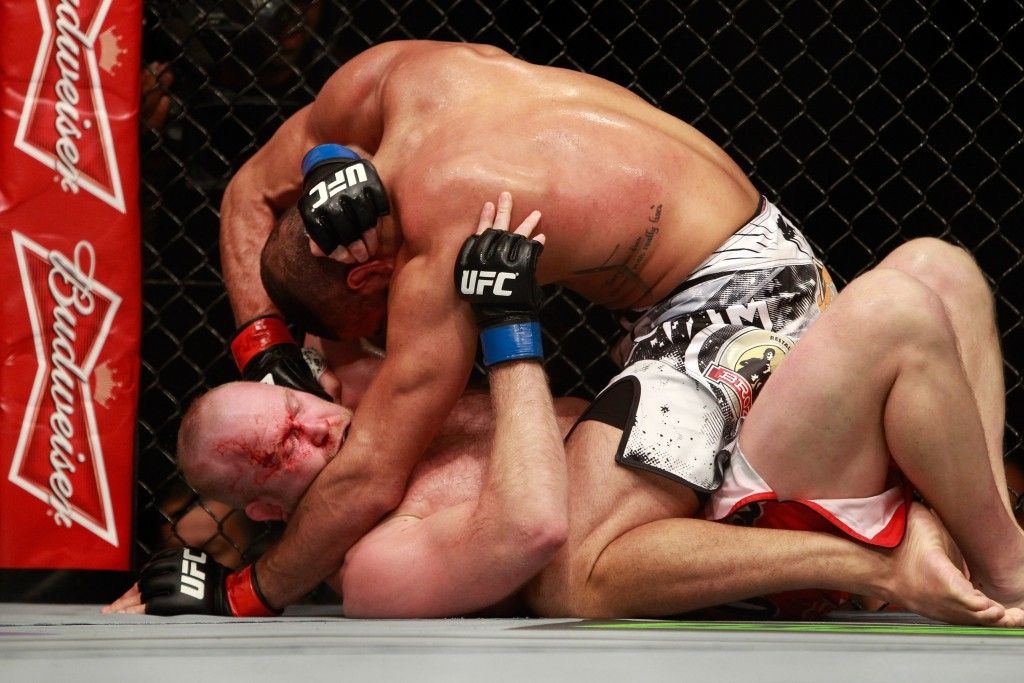
Watterson, a usually terrific boxing writer, fails to consider the fact that the standing eight count that exists in boxing can often lead to much more brutality than the practice known as ground-and-pound in MMA, nor does he take into account the several different scenarios that can play out when a fighter does chase his opponent to the mat.
“In MMA there is no standing eight count like there is in boxing,” retired MMA referee Frank Geric explained to SportsJOE last week. “What a standing eight count basically is, is that a referee talks to a person who they know is injured and on the verge of concussion. The referee will stand them up and is essentially saying ‘go get hit again’. That doesn’t exist in MMA.
“Another reason that I believe that mixed martial arts is a lot safer than boxing is that there is more than one way to end a fight and we, as officials, have the ability to end a fight the moment that we suspect a fighter is done.
“I’ve seen fighters knock their opponent down and could easily have knocked them out but didn’t want to harm an already injured person. They decided to end the fight by submission rather than go for the brutal knockout. Options like that aren’t available in boxing.”
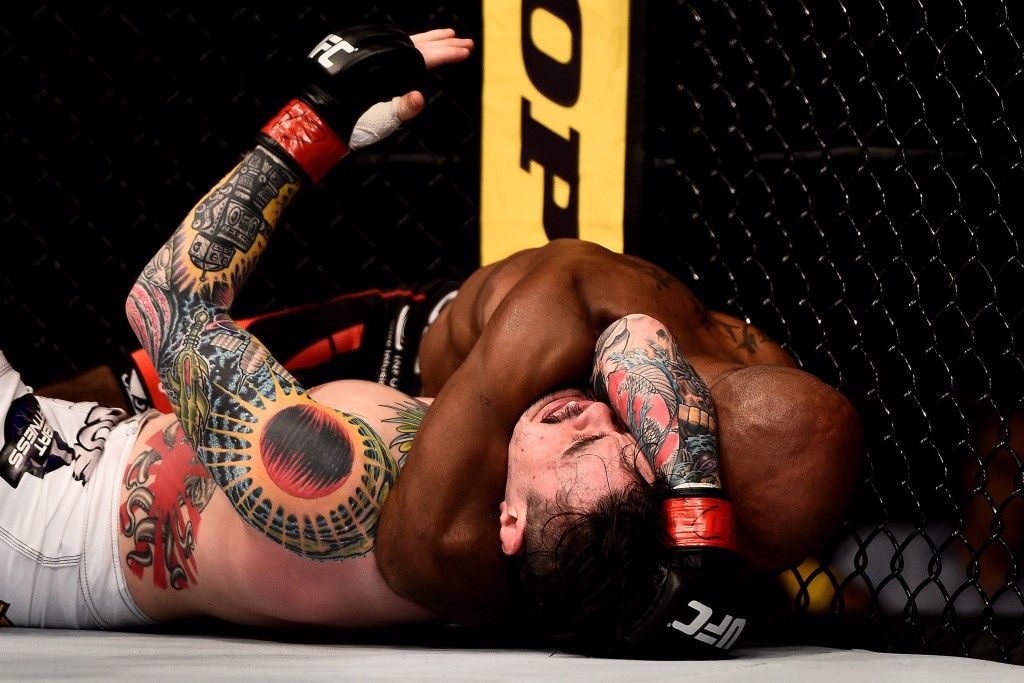
Certain reports tried to point the blame at entirely innocent parties.
MMA Connect TV reporter Lydia des Dolles got the chance to interview Conor McGregor at the National Stadium during TEF and was criticised by Joe Duffy for referring to Charlie Ward’s victory as ‘a great performance’ when she wasn’t to know that Carvalho had been seriously injured.
She had taken it at face value as a great performance which, on the surface and without hindsight, it looked like.
McGregor has unfairly has been dragged into the conversation simply because he was present cageside and is the most recognisable face in Irish MMA.

Sunday Independent columnist Joe Brolly wrongly accused the UFC featherweight champion of celebrating and grandstanding while Carvalho was dying.
“These violent life-and-death sports are fun. They bring us to somewhere primitive inside us. It is why the spectators in the Colosseum gasped and cheered as the knife was thrust home. Or why the toffs on the balcony at Newgate paid big money to watch the hangman pull the lever. It is why young, penniless men are queueing up to try to murder each other in cages and boxing rings. And why Conor McGregor high fives and beats his chest as a young man dies.”
McGregor is a lot of things but he is not guilty of that accusation. He was in attendance to support a teammate and claimed that he believed the referee could have stopped the bout earlier, long before anyone was aware that Carvalho was being taken to hospital.
The allegation that McGregor had beaten “his chest as a young man dies,” is a disgraceful assertion clearly designed to provoke a reaction.
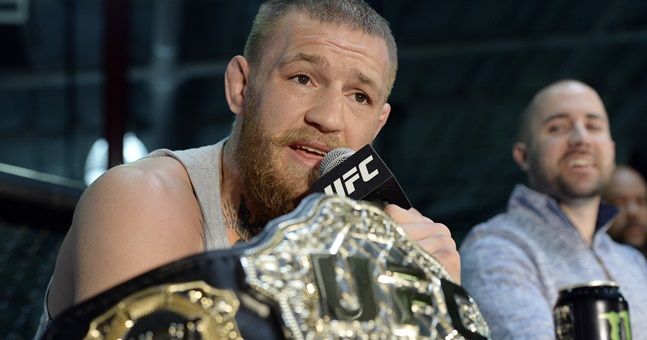
There have been repeated suggestions that UFC fights are brutal, as competitors are allowed to kick one another on the ground, a practice outlawed by the foundation of the Unified Rules of Mixed Martial Arts in 2000.
The Guardian referred to the UFC as “Ultimate Fighting Challenge” and bizarrely suggested that “the very nickname of his opponent, Charlie ‘The Hospital’ Ward, highlights the calculated brutality of this so-called sport.”
The Irish Independent featured a photograph of MMA legend Wanderlei Silva with the caption “Fight promoter Cesar Silva.”
MMA was reduced to “a bully’s charter” by one contributor on Ireland AM last week, completely ignoring the thousands of kids who get involved in the sport in the name of self-defence.
Sport Ireland CEO John Treacy took to RTÉ Radio 1’s Morning Ireland to explain how he wasn’t a follower of “MNA.” Yes, he referred to MMA as “MNA” repeatedly throughout the interview.
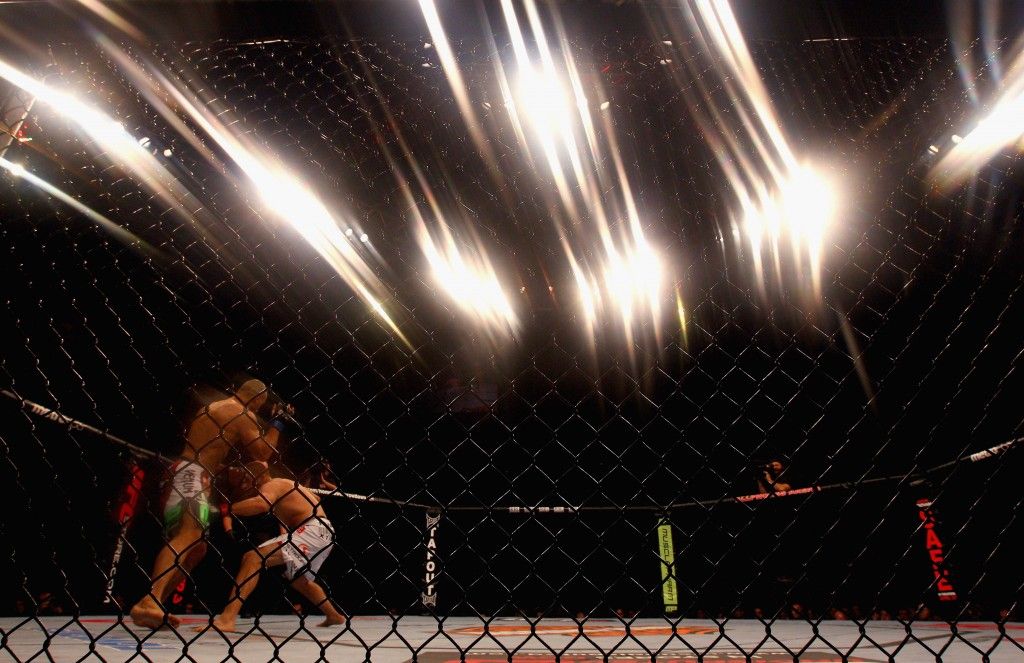
The anti-MMA brigade have been vocal long before the tragic passing of a Portuguese fighter who had yet to realise his full potential, and now never will.
Joao Carvalho’s death is now being used as exhibit A by a number of those crying out for mixed martial arts to be buried and never spoken of again, and it’s simply not the time to do so.
By all means suggest that more thorough regulations be introduced. Even if the event at which Carvalho suffered his fatal injuries would have passed muster with any regulatory body anywhere in the world
Questioning the judgement of the referee is even acceptable. And you’re more than entitled to your opinion that MMA should not be legal but if you’re using Carvalho’s death as your reason then I’d hope that you’ll be calling for boxing to be made illegal the next time a fighter dies in the ring.
However I fail to see how one fatal incident provides the justification to say ‘see, see, MMA is the most dangerous sport in the world’.
Particularly when that statement is simply not true.




